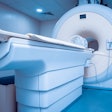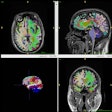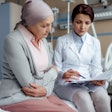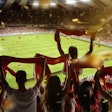
SALT LAKE CITY - As much as Dr. Kent Sanders enjoys cross-country skiing, he hesitates to try downhill. And so far, his time at the Olympic Polyclinic hasn't convinced him otherwise.
"I see so many twisted bodies (from downhill injuries), I think ‘That could be me if I try that. Thirty years old with a torn-up knee and crippled for life!’ There’s too many other things I like to do to mess up an ankle or knee like that," he said.
While Sanders has nothing but admiration for the athletes who visit the Polyclinic, he admitted that he's rather taken aback by the wear and tear on their bodies.
"None of them have normal joints," he explained. "They’ve all got arthritis, avulsion fractures, early spurring of joints, ankles, and knees. I’m amazed at how much arthritis we’re seeing. These are some of the best athletes in the world, and their joints look like hell."
Sanders, who is an associate professor in musculoskeletal radiology at the University of Utah, has been dividing his time between the Polyclinic and his regular duties at the university hospital. Thus far, Sanders said he’s noticed one major difference between his regular practice and working at the Polyclinic: Many of the athletes just assume that they will automatically be imaged with ultrasound, unaware that the MRI is available.
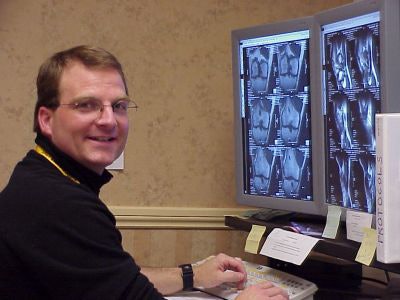 |
| Dr. Kent Sanders of the University of Utah won't be trying downhill skiing any time soon. |
"In a lot of places with socialized medicine, ultrasound is used," he said. "They’ll come here and the first thing they’ll ask for is an ultrasound, so they are pretty excited when they find out that we can do the MR."
Sanders prefers MR for imaging these patients because of the modality’s ability to show signal abnormalities within tissues.
"It’s certainly more sensitive, because you can cover a larger area," he said. "In many cases, we don’t always know exactly what’s wrong with the athlete. Is it a tendon problem or a ligament problem? The MRI is better for a general survey unless you have specific structure that you want to investigate (with ultrasound)."
While imaging options and protocols may differ from country to country, some things are universal, as Sanders found out.
"I had one physician from another country who expressed interest in coming to America to practice medicine. He was wondering what it took to get a license. He sort of pulled me aside to make sure that nobody else heard what he was asking. He was networking -- can you believe that?" Sanders joked.
By Shalmali Pal
AuntMinnie.com staff writer
February 22, 2002
Copyright © 2002 AuntMinnie.com

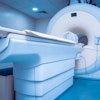

.fFmgij6Hin.png?auto=compress%2Cformat&fit=crop&h=100&q=70&w=100)



.fFmgij6Hin.png?auto=compress%2Cformat&fit=crop&h=167&q=70&w=250)
